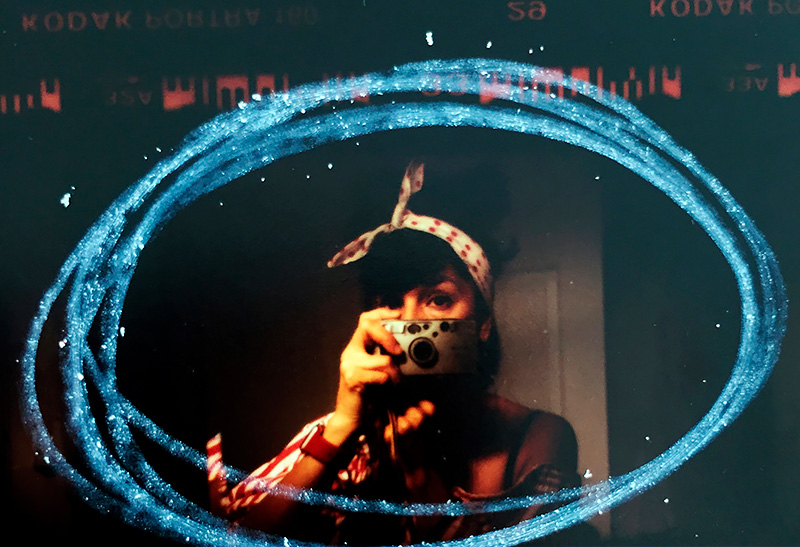Norma Córdova, aka, shesaidred, is a Mexican-American photographer, filmmaker, and artist, known for her framed dream-like cinematic stills. She is based in Oakland, California where she still works traditionally, shooting film, polaroids, paper negatives, and making darkroom chromogenic prints, and occasionally incorporating mixed media.
Her work explores moody narratives. Sex, sadness, death, and family illnesses are recurring subjects, subjects her family considered taboo. By simply photographing those subjects, she explores her feminine desires, and to come to terms with what her Mexican culture and family expected of her as a female. She creates illusions that conjure the realms of the imagination without presenting a factual reality. Her work is very personal to her, yet allows viewers to relate to it freely. She uses these subjects and memories to help her navigate the anxieties caused by her family's expectations of her (to wed and have children), and to fill the space left by her family's silence on those subjects.
